Workouts To Increase Flexibility
 You’ll get more than just strength training or endurance training at Next Level Fitness in Irvine, CA/ You’ll also work on exercises to increase flexibility. Flexibility workouts help improve your range of motion and can prevent injuries. What are the best flexibility exercises? They’re stretches. Stretching boosts blood flow to the muscles. That can also help increase their size and strength. It also helps improve posture. Here are a few exercises that help.
You’ll get more than just strength training or endurance training at Next Level Fitness in Irvine, CA/ You’ll also work on exercises to increase flexibility. Flexibility workouts help improve your range of motion and can prevent injuries. What are the best flexibility exercises? They’re stretches. Stretching boosts blood flow to the muscles. That can also help increase their size and strength. It also helps improve posture. Here are a few exercises that help.
Static stretching helps boost flexibility.
Dynamic stretching is for warming up, while you do static stretching after you’re warmed up. Dynamic stretching gets blood moving to the muscles, preparing them for more difficult tasks. They include wide lunges and jump squats. Static stretches include touching your toes and the cobra pose. Once the muscles are warm and flexible, these exercises increase your range of motion. You stretch the muscles as far as you can and hold for 15 to 20 seconds.
Yoga stretches can build flexibility and core strength.
The bird dog has many variations. The stretch begins on hands and knees. Start by lifting one arm off the ground as you lift the opposite leg. Straighten the back leg level with the body as you straighten the arm. You’ll need to engage your abdominal muscles to do this, so you’ll be building core strength, too. Hold the position for a few seconds, then lower and lift the opposite arm and leg. Do several repetitions and sets.
The child pose is an excellent yoga pose to stretch.
Once you learn the child pose, you can use it as a stretch and resting position. Start on your hands and knees. Your feet should be together and your hands flat on the floor. Sit back gently with your buttocks on your thighs. The Warrior 1 position also improves flexibility. You’ll open your hips and shoulders. Start with feet wide apart, twist the body to the side until the feet are both pointing to one side and feet are aligned. Bend your front knee as you lower your body and raise your hands overhead. Straighten and twist to the other side.
- Stand with feet shoulder-width apart and arms extended. From this position you can twist side to side or lower your body to the right side, attempting to touch the side of the right foot or right knee, depending on your flexibility.
- A cat/cow pose is excellent for back pain. Start on hands and knees. Lift your head and drop your belly for the cow pose. Hold for a second then lower your head and arch your back for the cat pose.
- Another great yoga pose to relieve back pain is the bridge. Lay on your back with arms to your side, knees bent and feet flat on the floor with your heels as close to your butt as possible. Inhale as you lift your hips, forming a straight line with your body. Hold and lower your body.
- The core stretch or cobra pose is simple. Lay on the floor with your chest down and hands beside the head at shoulder width. Push your upper body up, straighten your arms, lifting your upper body off the floor as you stretch.
For more information, contact us today at Next Level Fitness

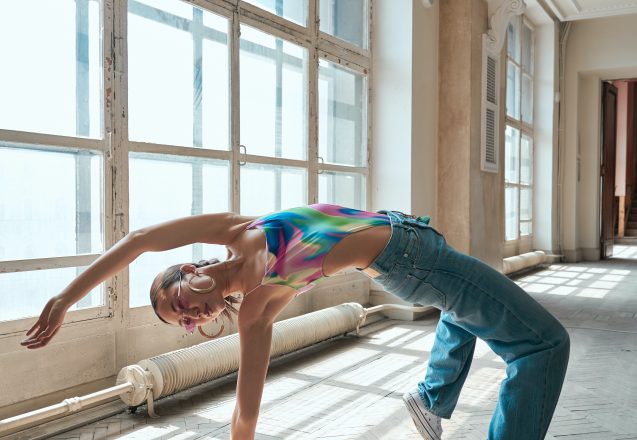

 If you feel like every workout is punishment and eating healthy is the price you pay for overindulging, you’ll spend every minute getting fit miserable and probably won’t stick with it long. Celebrate every movement, appreciate how good you feel, and reward yourself when you’ve achieved a goal. The reward can be for reaching a goal, completing a tough workout, or sticking with a plan of healthy eating for a month. The celebration can be for accomplishing something hard for you to do, even if it’s easy for everyone else.
If you feel like every workout is punishment and eating healthy is the price you pay for overindulging, you’ll spend every minute getting fit miserable and probably won’t stick with it long. Celebrate every movement, appreciate how good you feel, and reward yourself when you’ve achieved a goal. The reward can be for reaching a goal, completing a tough workout, or sticking with a plan of healthy eating for a month. The celebration can be for accomplishing something hard for you to do, even if it’s easy for everyone else.
 If you’ve made goals before and never achieved them, don’t give up. Here are some simple ways to help you reach your goals. The first is to write down your goals. Do you want to have more energy, lose weight, or just feel better? Decide how you’re going to do it. Will you change your diet? Get more exercise? Or is doing a combination of the two your road to victory? Having a plan of action is important.
If you’ve made goals before and never achieved them, don’t give up. Here are some simple ways to help you reach your goals. The first is to write down your goals. Do you want to have more energy, lose weight, or just feel better? Decide how you’re going to do it. Will you change your diet? Get more exercise? Or is doing a combination of the two your road to victory? Having a plan of action is important.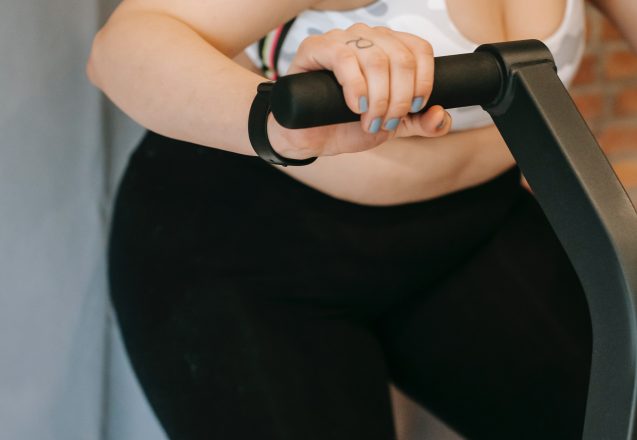
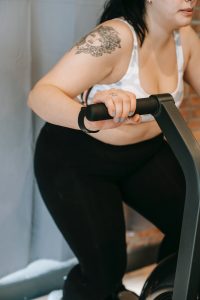 Why do people exercise? It isn’t natural to make your body work harder or create unnecessary effort, yet thousands of people in Irvine, CA, do it every day. One of the most important reasons, beyond making you feel and look fabulous and that boost of energy, is the fact that regular exercise is good for your health. For thousands of years, man has had to work hard just to survive. It’s only been in the last 100 years that science has lifted the physical burden from the shoulders of man. While science is good and the free time allows even more opportunity for advancement, our bodies still need the grueling effort life used to require to be its healthiest.
Why do people exercise? It isn’t natural to make your body work harder or create unnecessary effort, yet thousands of people in Irvine, CA, do it every day. One of the most important reasons, beyond making you feel and look fabulous and that boost of energy, is the fact that regular exercise is good for your health. For thousands of years, man has had to work hard just to survive. It’s only been in the last 100 years that science has lifted the physical burden from the shoulders of man. While science is good and the free time allows even more opportunity for advancement, our bodies still need the grueling effort life used to require to be its healthiest.
 If you have a teenager, you probably already know how difficult it is to ensure they get proper nutrition. They seem to be constantly on the go, often skipping meals and replacing them with snacks and junk food. It’s even harder when you consider that teens have different nutritional requirements than adults and even from those when they were young children. Their bodies are changing, and they require a balanced diet to ensure a healthy adulthood by providing the support necessary for a healthy growing body and cognitive development.
If you have a teenager, you probably already know how difficult it is to ensure they get proper nutrition. They seem to be constantly on the go, often skipping meals and replacing them with snacks and junk food. It’s even harder when you consider that teens have different nutritional requirements than adults and even from those when they were young children. Their bodies are changing, and they require a balanced diet to ensure a healthy adulthood by providing the support necessary for a healthy growing body and cognitive development.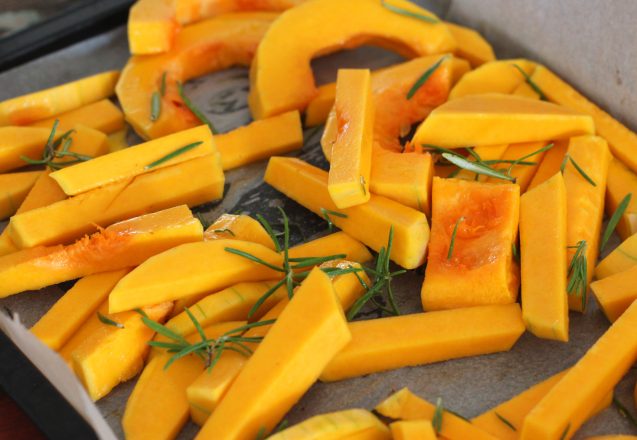
 Whether you’re talking about carbs, protein, or fat, there are good options and bad ones. Some of the best and most nutritious foods can be low carb, but so can some of the worst foods. People across the nation, even in Irvine, CA, are searching for ways to improve their health, while cutting carbs and boosting nutrition. Many have turned to low carb diets but forget that just eating fewer carbs isn’t enough. You need improved nutrition to be your best.
Whether you’re talking about carbs, protein, or fat, there are good options and bad ones. Some of the best and most nutritious foods can be low carb, but so can some of the worst foods. People across the nation, even in Irvine, CA, are searching for ways to improve their health, while cutting carbs and boosting nutrition. Many have turned to low carb diets but forget that just eating fewer carbs isn’t enough. You need improved nutrition to be your best.
 Organically grown food has become more and more popular. One of the reasons is the potential for hormones in food. Farming has changed dramatically in the past 100 years. Farmers now use new techniques to create higher egg or milk production or to grow faster to maturity. Salmon, for instance, has been genetically modified to grow twice as fast as their counterparts. It took 20 years to get the right to sell these fish from the FDA. While the FDA said they were safe in 2012, there’s still debate whether this genetic change that increased the hormones in the fish or the hormones given to other animals are safe.
Organically grown food has become more and more popular. One of the reasons is the potential for hormones in food. Farming has changed dramatically in the past 100 years. Farmers now use new techniques to create higher egg or milk production or to grow faster to maturity. Salmon, for instance, has been genetically modified to grow twice as fast as their counterparts. It took 20 years to get the right to sell these fish from the FDA. While the FDA said they were safe in 2012, there’s still debate whether this genetic change that increased the hormones in the fish or the hormones given to other animals are safe.
 Just like most fitness and health issues, the connection between smoking and weight loss varies dramatically from individual to individual. I’ve heard all types of stories from clients at Next Level Fitness in Irvine, CA, which included gaining weight when people quit smoking to people finding it easier to lose weight when they quit. The truth is every person has their own unique experience. Some studies show people who smoke heavily are more likely to be obese. Other studies show that when people quit smoking, they gain weight. What are the reasons for such diverse findings?
Just like most fitness and health issues, the connection between smoking and weight loss varies dramatically from individual to individual. I’ve heard all types of stories from clients at Next Level Fitness in Irvine, CA, which included gaining weight when people quit smoking to people finding it easier to lose weight when they quit. The truth is every person has their own unique experience. Some studies show people who smoke heavily are more likely to be obese. Other studies show that when people quit smoking, they gain weight. What are the reasons for such diverse findings?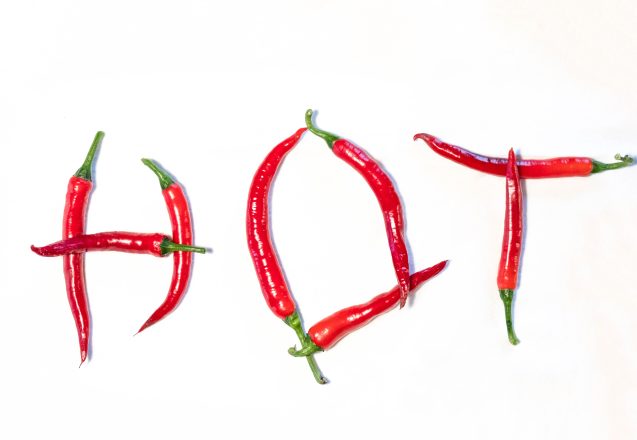
 If you have rosacea, you’re not alone. It’s a common skin condition that can vary in severity that ranges from a blush to visibly enlarged blood vessels that distort appearance. It can affect many areas of the body, but most commonly affects the nose, cheeks, and neck. It produces enlarged blood vessels on the face that may look like a blush or be significant enough to create a bulbous nose. Small pus-filled bumps on the skin and burning, inflamed eyelids are two other potential symptoms. Each case is different and so is the treatment. Management includes tracking triggers, like diet, stress, or weather.
If you have rosacea, you’re not alone. It’s a common skin condition that can vary in severity that ranges from a blush to visibly enlarged blood vessels that distort appearance. It can affect many areas of the body, but most commonly affects the nose, cheeks, and neck. It produces enlarged blood vessels on the face that may look like a blush or be significant enough to create a bulbous nose. Small pus-filled bumps on the skin and burning, inflamed eyelids are two other potential symptoms. Each case is different and so is the treatment. Management includes tracking triggers, like diet, stress, or weather.
 The term gut health has become more popular, but most people don’t know exactly what it means. It’s all about the balance of microbes in the gut—the gut’s microbiome. Most people think of the stomach immediately when talking of gut health, but it’s more about the microbes in the small and large intestines. The microbiome is made up of fungi, yeast, viruses, and bacteria. Its size is estimated to be in the100s of trillions. A lot of things affect gut health. They include your overall health, certain medications, diet, and antibiotics. Not only can an unhealthy combination of microbes cause illness, but it can also affect your mental health.
The term gut health has become more popular, but most people don’t know exactly what it means. It’s all about the balance of microbes in the gut—the gut’s microbiome. Most people think of the stomach immediately when talking of gut health, but it’s more about the microbes in the small and large intestines. The microbiome is made up of fungi, yeast, viruses, and bacteria. Its size is estimated to be in the100s of trillions. A lot of things affect gut health. They include your overall health, certain medications, diet, and antibiotics. Not only can an unhealthy combination of microbes cause illness, but it can also affect your mental health.